When I first walked into the ARMA Museum in Ubud, I felt calm and peaceful. The garden in the courtyard was beautiful and well-kept. There were stone statues placed around the garden, which made me feel like I was stepping into the past.
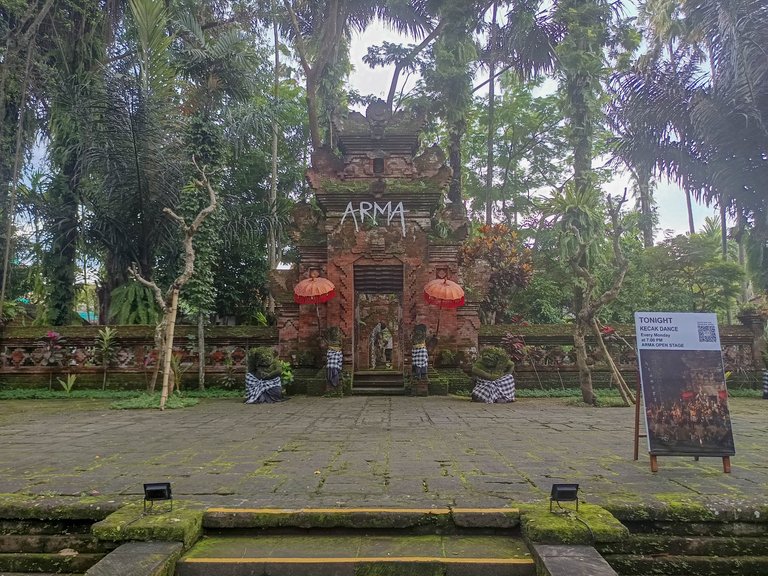
As I walked through the garden, I reached the first building of the museum. It had Balinese architecture and carvings on the walls. Inside, I saw statues of an artist named Walter Spies just in front of the building. He was a foreign artist who came to Bali in the early 1900s. His paintings influenced many Balinese artists.
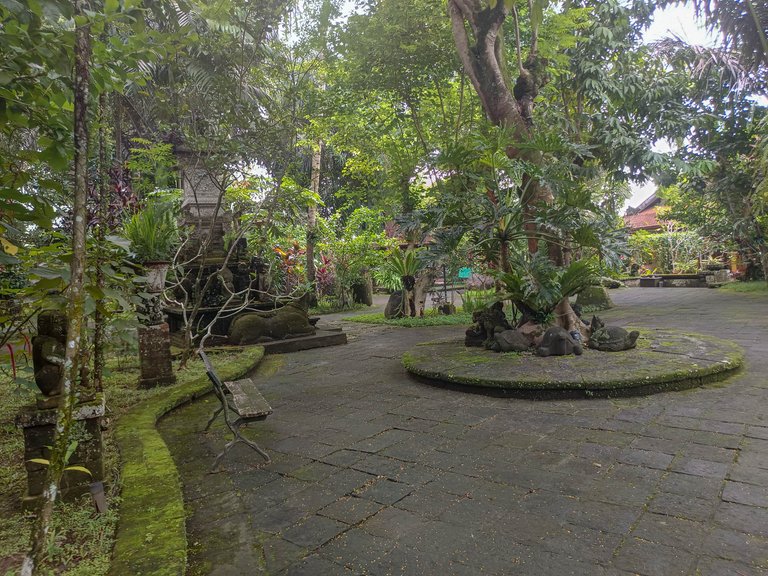
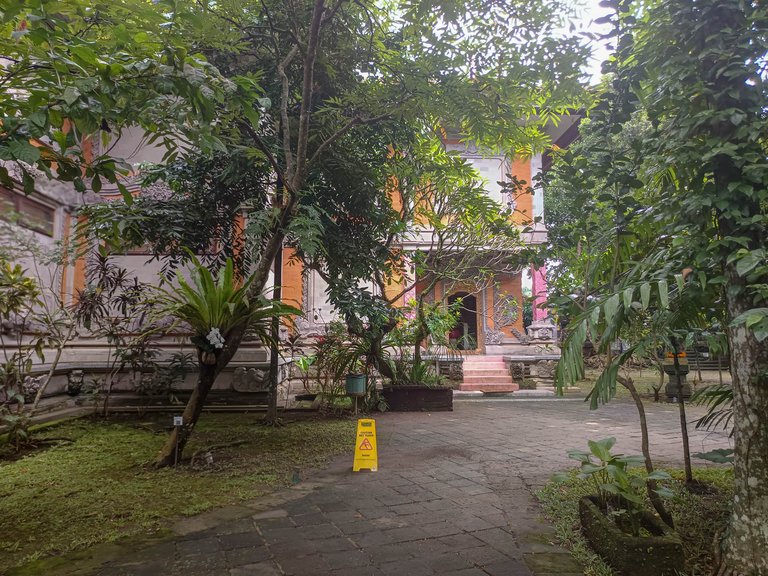
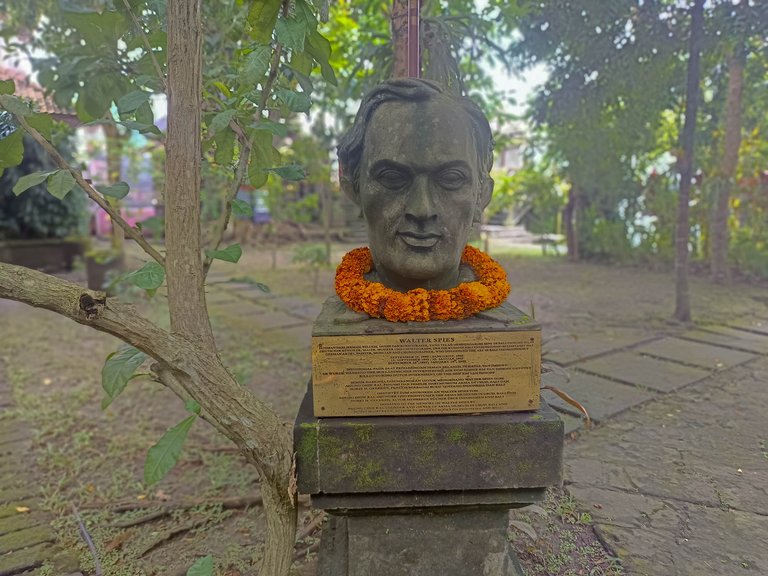
Inside the museum, there were many paintings by famous Balinese artists like Nyoman Lempad. These paintings were in the classical Kamasan style. They are flat, two-dimensional paintings, meaning there is no depth. These paintings are full of action, telling stories about gods, goddesses, and myths, like the Ramayana. But there is no clear focus in the paintings. There are many things happening at once.
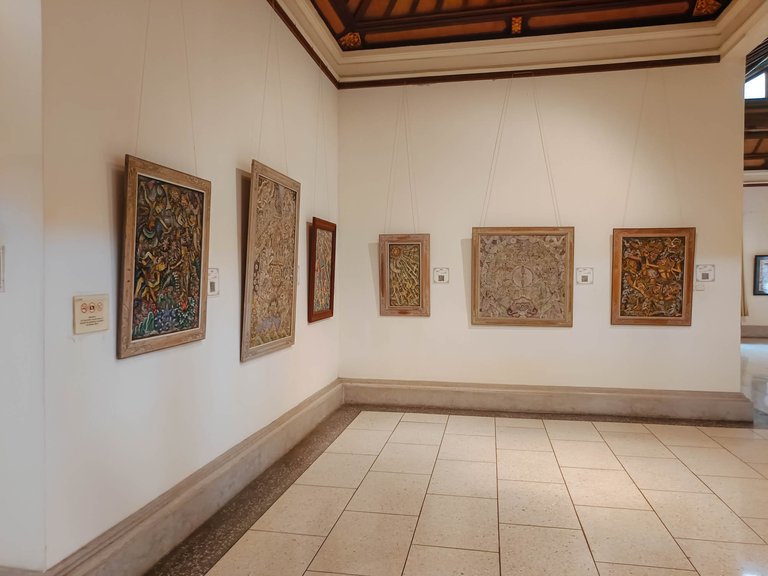
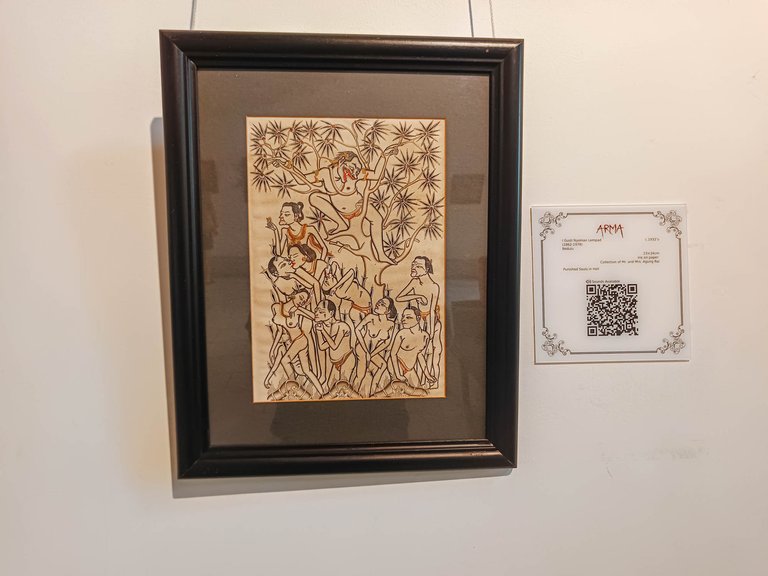
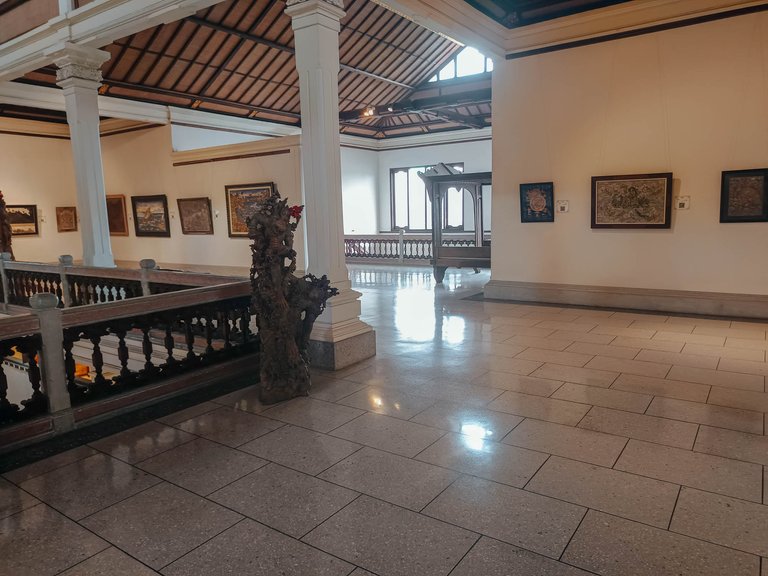
Then I moved to another section of the museum. This part had the Batuan style of painting, which is a bit more modern than the Kamasan style. These paintings are full of color, showing life in the village, markets, and rice fields. Compared to the classical style, these paintings feel more lively and colorful.
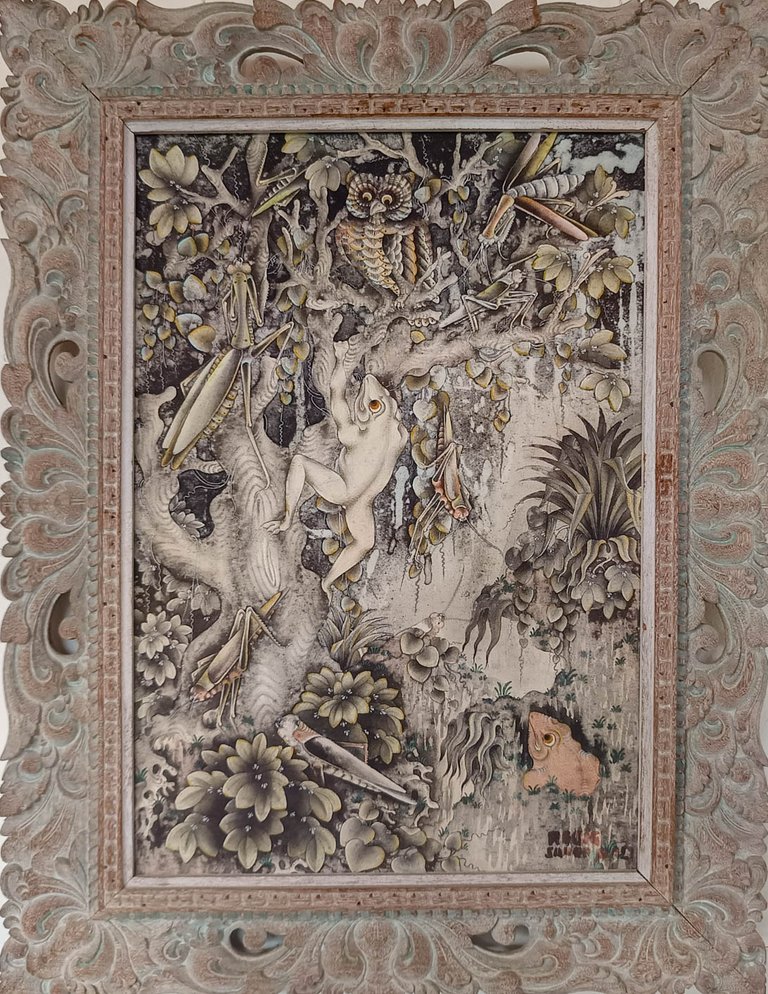
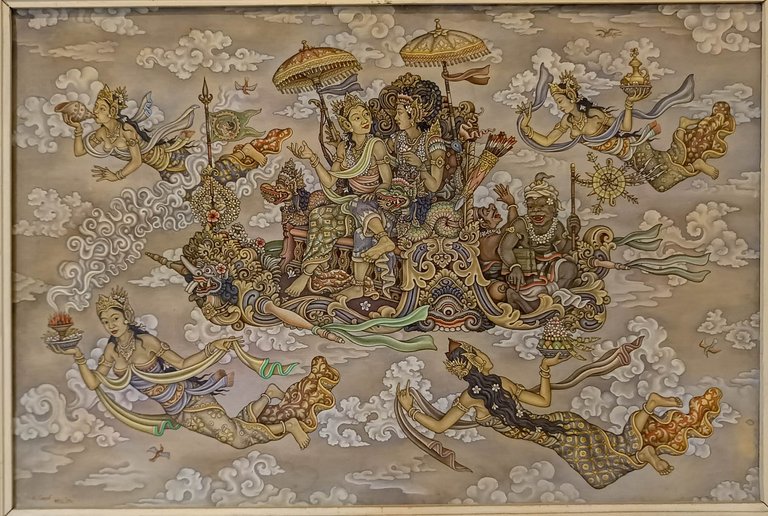
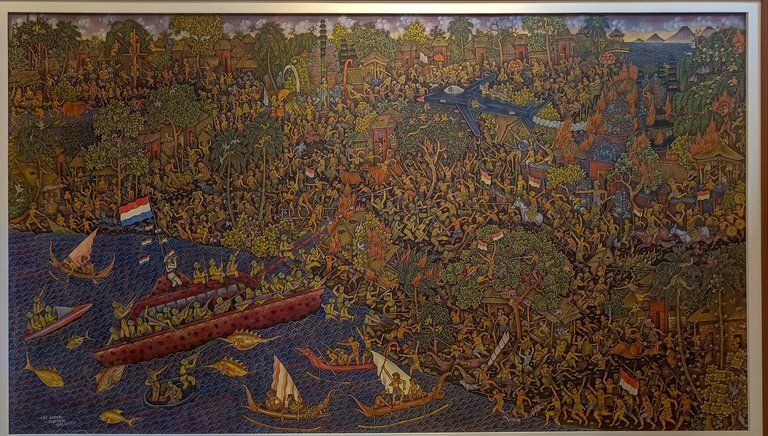
What caught my attention the most was the influence of Walter Spies. Even though the museum had only reproductions of his work, I could see how his paintings changed Balinese art. He introduced depth to the paintings, making them feel more three-dimensional. His paintings were also simpler and had a clear focus, unlike the busier, more detailed classical paintings.
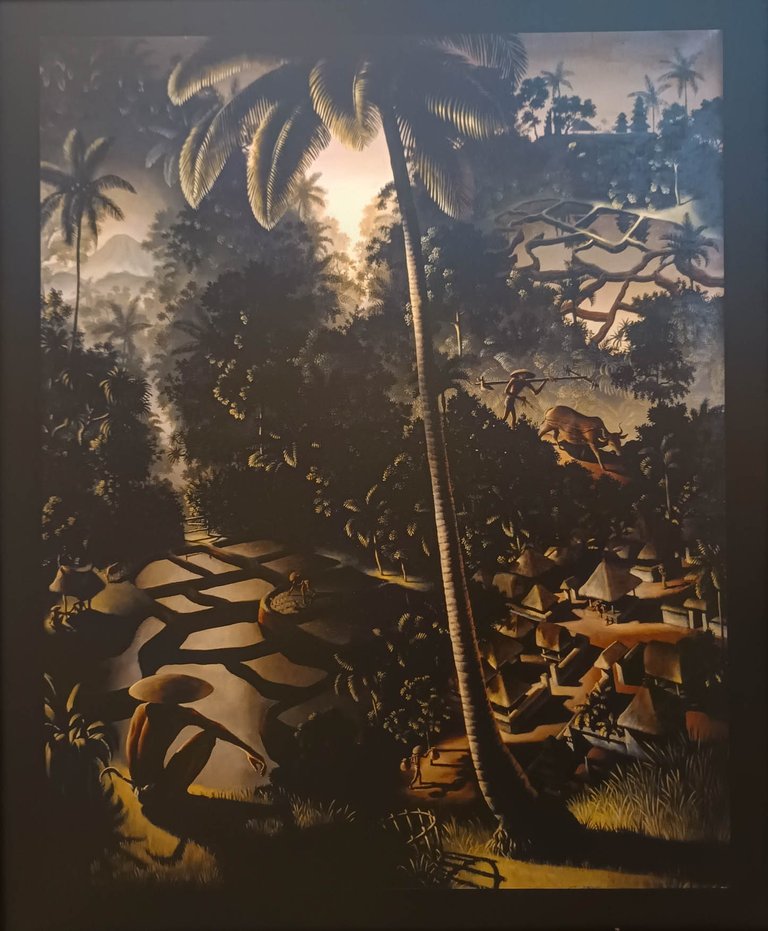
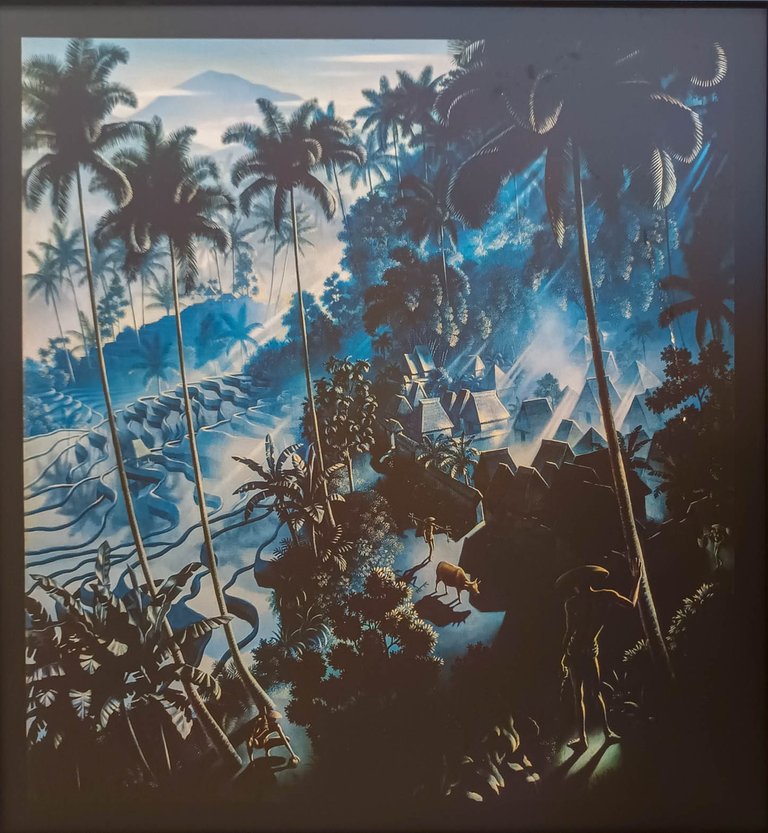
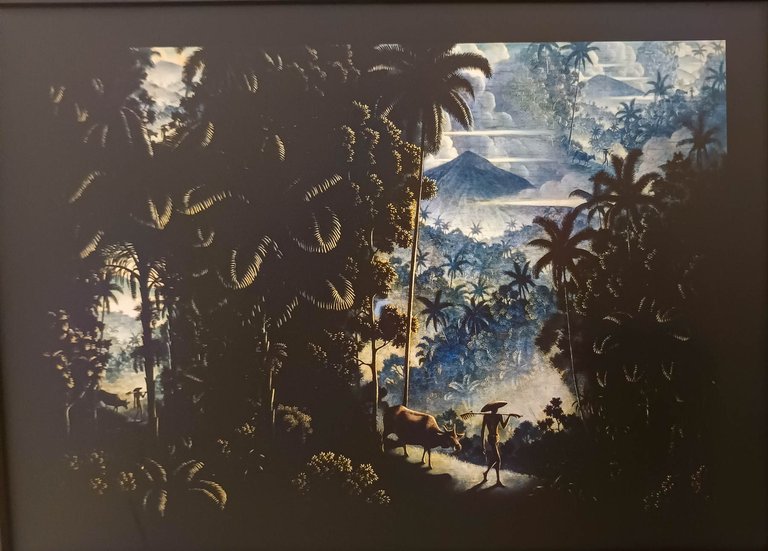
I was also surprised to see paintings about modern events, like the Titanic sinking, a plane crash in 2013, and the eruption of Mount Agung. These paintings used the Balinese style, showing how art can change to tell new stories.
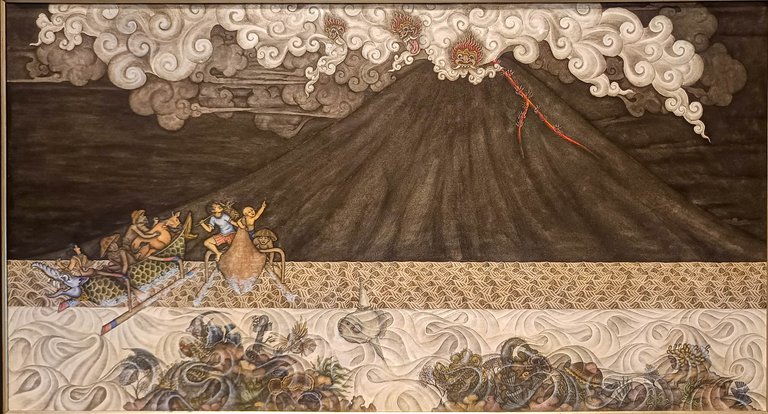
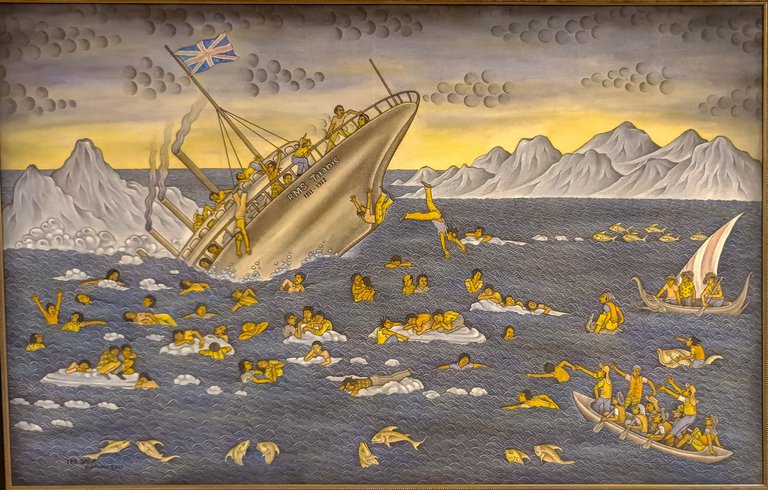
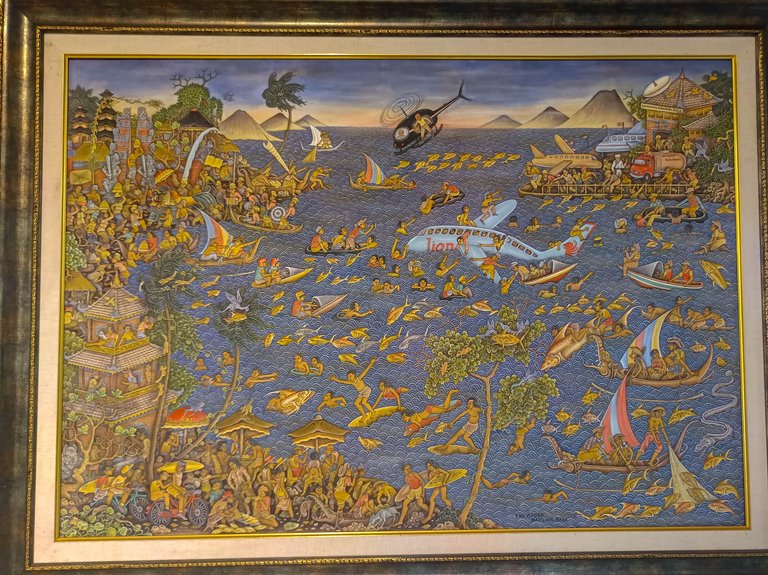
The ARMA Museum was a great place to learn about the history of Balinese art. It shows how art in Bali has changed over time while still keeping the traditions.
